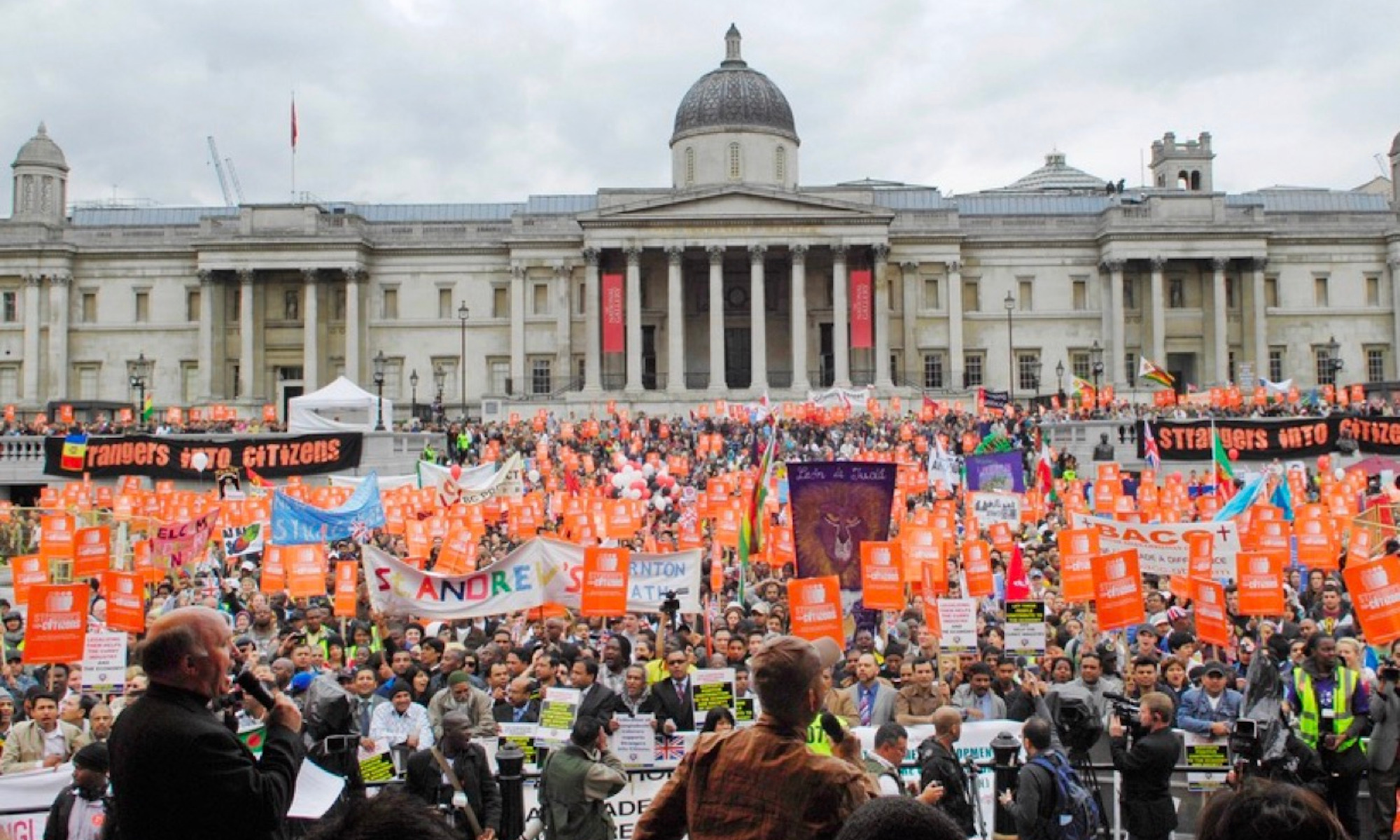St. Marylebone Vestry had one of the highest population density boroughs between 1801 and 1810 with a population size of 63982. St. Marylebone Vestry remained one of the most inhabited boroughs in London throughout most of the 1800’s. The population saw a large increase in the years between 1810 and 1841 as it jumped to 138164, an almost 216% increase. The population increased yet again in the latter half of the 19thcentury when the population in Marylebone rose to 159254, another 115% increase from the original demographic. Interestingly, between 1871 and 1880 Marylebone’s population saw a decrease for the first time in a century transitioning from the 159254 in 1871 to 154910 in 1881.
There are two possible explanations for the decrease in population size. The first is that there was a surge in the quantity of hospitals, orphanages, and charitable organizations in the borough, which would have brought in a larger population of poorer individuals to an area that had previously had very few of these organization up until the late 1860s. The second explanation could be that Marylebone’s Vestry was on the outskirts of London and would have been an easy location for those traveling into the city to settle in to. As time progressed and more of these external boroughs became more developed, it is possible that some of the inhabitants of the area decided to move to other nearby boroughs such as St. Pancras Vestry, Paddington Vestry, and Hampstead Vestry which all saw population increases in the 1880’s.
It is interesting to note that St. Marylebone Vestry is relatively large geographically in comparison to many of the surrounding boroughs. It extends from the border of London to deep into the heart of the city. This proximity to the City of London (just a three mile walk as seen on the modern map of London) would make Marylebone an attractive location for individuals or families who would want to work but not live in the industrial section of the city. Also noteworthy is the fact that Marylebone Vestry remains heavily populated until the end of the 19tth century while almost all other districts near the heart of London become noticeably less populated every decade. I believe that Marylebone’s larger size and geographical proximity to both the countryside and City of London would lend themselves to a larger sustained population size.

